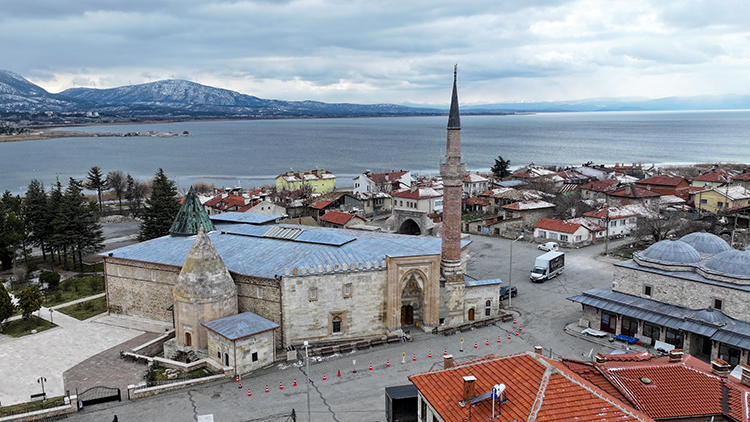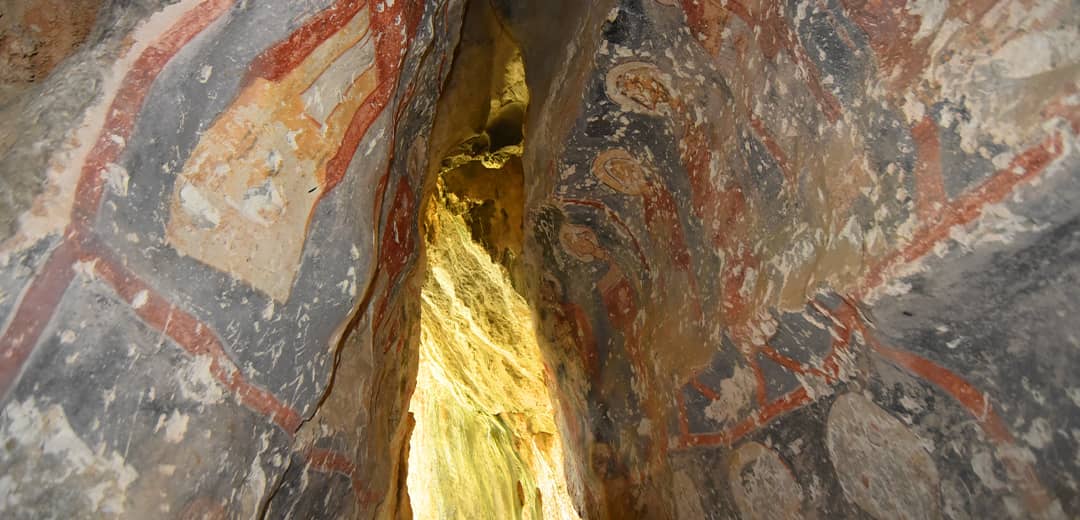
Gavur Beşiği Cave: A Hidden Byzantine Sanctuary
Nestled in the lush Çamlık Nature Monument of Konya’s Derebucak district, Gavur Beşiği Cave is a hidden paradise. It captivates visitors with its natural beauty and historical significance. Locals also call it the “Painted Cave,” and it awaits discovery like a treasure trove. Whispers of History: Traces of the Past Gavur Beşiği Cave is relatively

The Konya Time Museum, which holds the distinction of being the first and only time museum in Türkiye
The Konya Time Museum is Türkiye’s first time museum, which stops the flow of time and takes visitors on a journey into the past. The museum is located on a hill in the southwest of the Sille neighborhood in the Selçuklu district of Konya. Surrounding the museum are the graves of Muslim and Christian citizens

The tombstones in the Seljuk Cemetery in Konya are being restored
The historical tombstones in the Musalla Cemetery, one of the prominent Seljuk cemeteries in Konya, which served as the capital of the Anatolian Seljuks, are being restored. Musalla Cemetery is located in the central district of Selçuklu in Konya. Recently, new burial areas are not being permitted. The restoration of the historical tombstones in Musalla

The goddess figurine stolen from Çatalhöyük 84 years ago has returned to Türkiye
The mother goddess figurine found during excavations at the important Neolithic site of Çatalhöyük in Anatolia in 1960 has returned to Türkiye. The 9,000-year-old mother goddess figurine was brought back to Türkiye following the efforts of the Ministry of Culture and Tourism, based on information that it was part of the Shelby White collection in
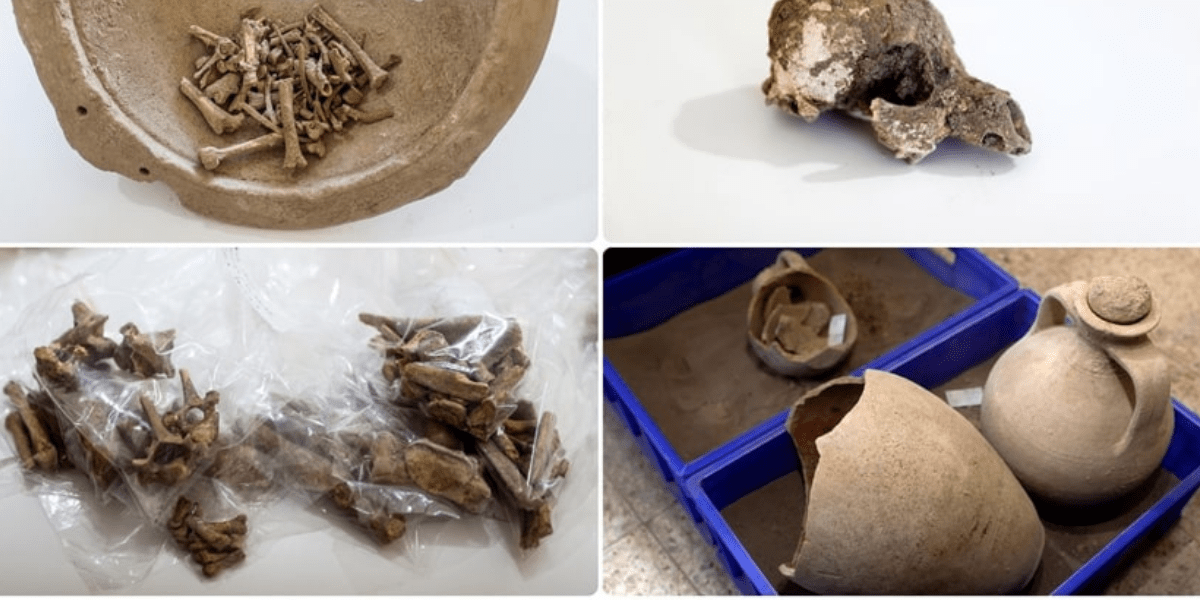
Scientists are examining the headless infant skeletons found in well graves in Savatra
Scientists have begun to examine the headless infant skeletons found in earthenware pots during the excavation work at the ancient city of Savatra in order to understand the lifestyle of the city during that period. The ancient city of Savatra is an important archaeological site located at the foothills of the Bozdağ Mountains in Konya,
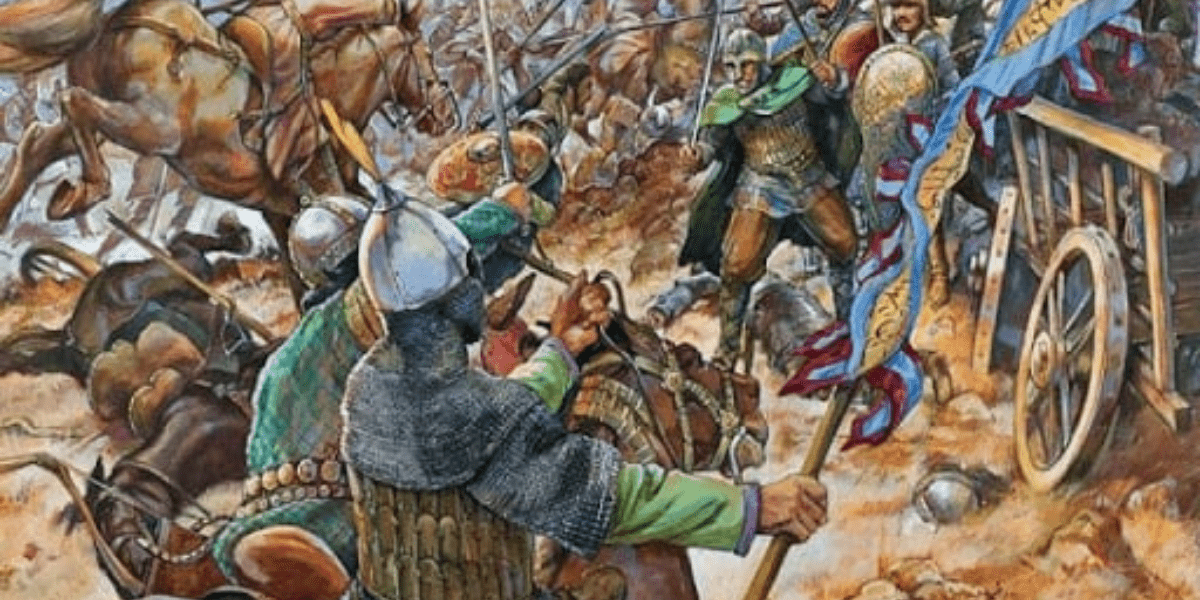
Surface surveys have begun to locate the battlefield where the Anatolian Seljuks and the Crusaders clashed
The Turkish army, commanded by the Anatolian Seljuk Sultan I. Kılıçarslan, fought against a Crusader army of 300,000 in the triangle of Amasya, Konya, and Ereğli in 1101. The battlefield, which witnessed intense clashes where the Turks defeated the Crusader army three times within a month, will be uncovered through scientific research. Surface surveys are
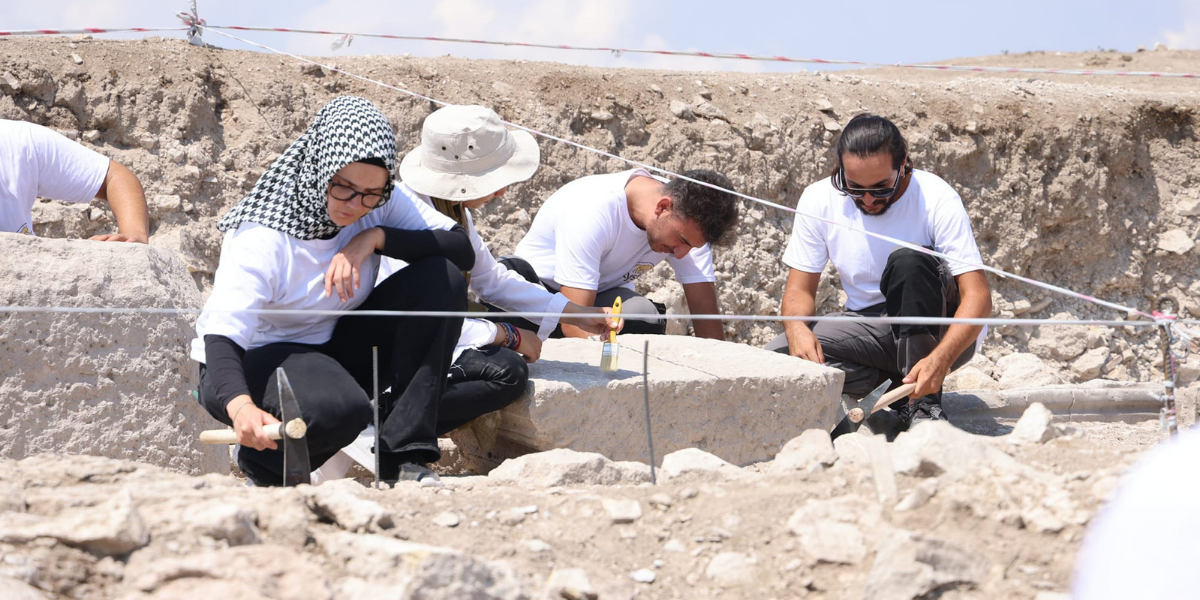
Archaeological excavations have started in the ancient city of Lystra, known as the place where St. Paul spread Christianity
Archaeological excavations have begun in the ancient city of Lystra, mentioned in the Bible as the place where St. Paul spread Christianity. Lystra Ancient City is located near Hatunsaray Neighborhood in Meram district of Konya. Excavation Head Assoc. Prof. Dr. İlker Mete Mimiroğlu said, “Lystra was visited by Saint Paul in the 1st century. After
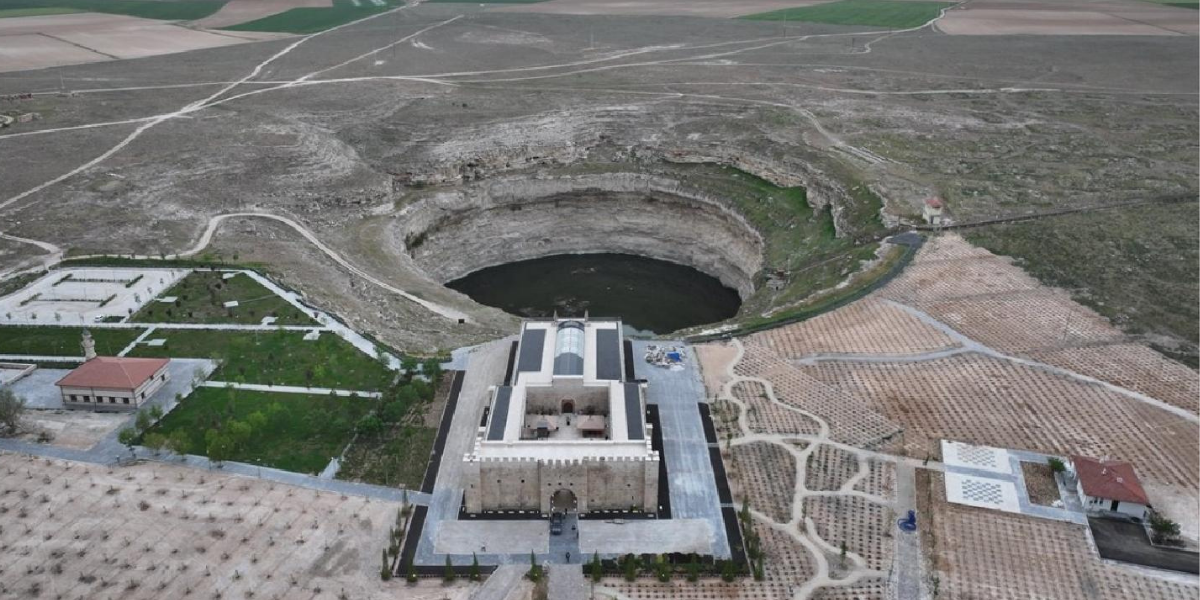
The 800-year-old Obruk Inn, considered the oldest hotel in Konya, has started to serve again
The 800-year-old Obruk Inn, which is considered to be the oldest hotel in Konya, completed its restoration and started to serve as a hotel again. Obruk Inn takes its name from the Kizoren Pothole next to which it was built. Obruk Inn is one of the Seljuk period works. The Seljuk caravanserai, which was built
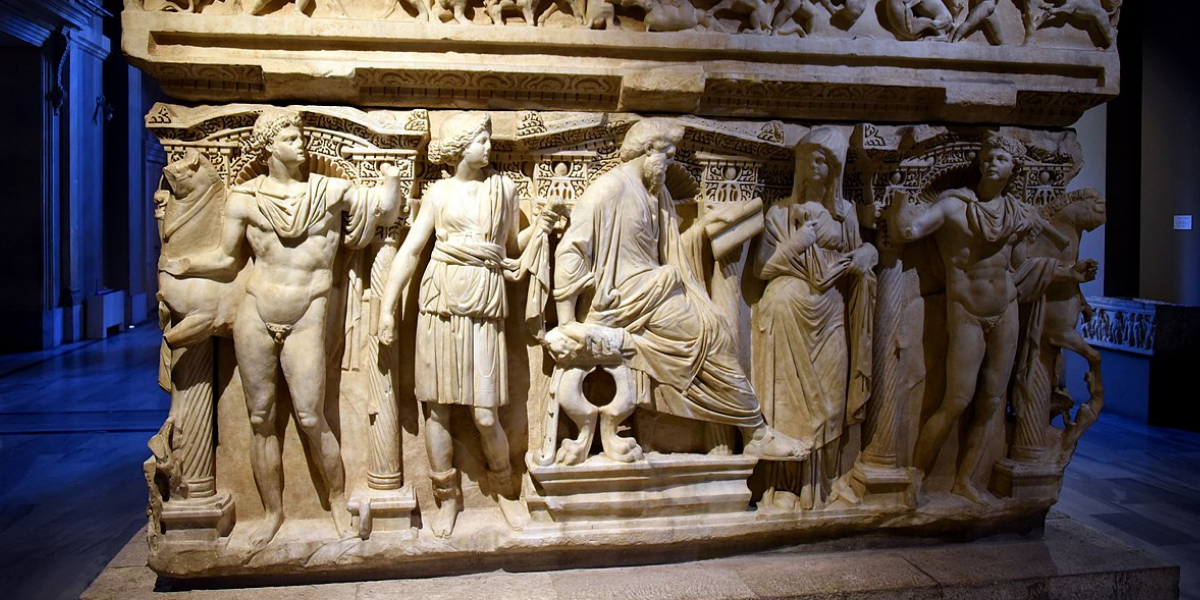
Sidamara, the heaviest sarcophagus in the ancient world
Weighing 32 tons, the Sidamara Sarcophagus, known as the heaviest sarcophagus in the ancient world, was found in the village of Ambar, formerly Sidamara, on the Konya Ereğlisi-Karaman road. The Sidamara Sarcophagus was found by a villager named Molla İbrahim. Molla İbrahim, known as İbrahim Gündoğdu from the Hocalar clan, found the sarcophagus while digging

